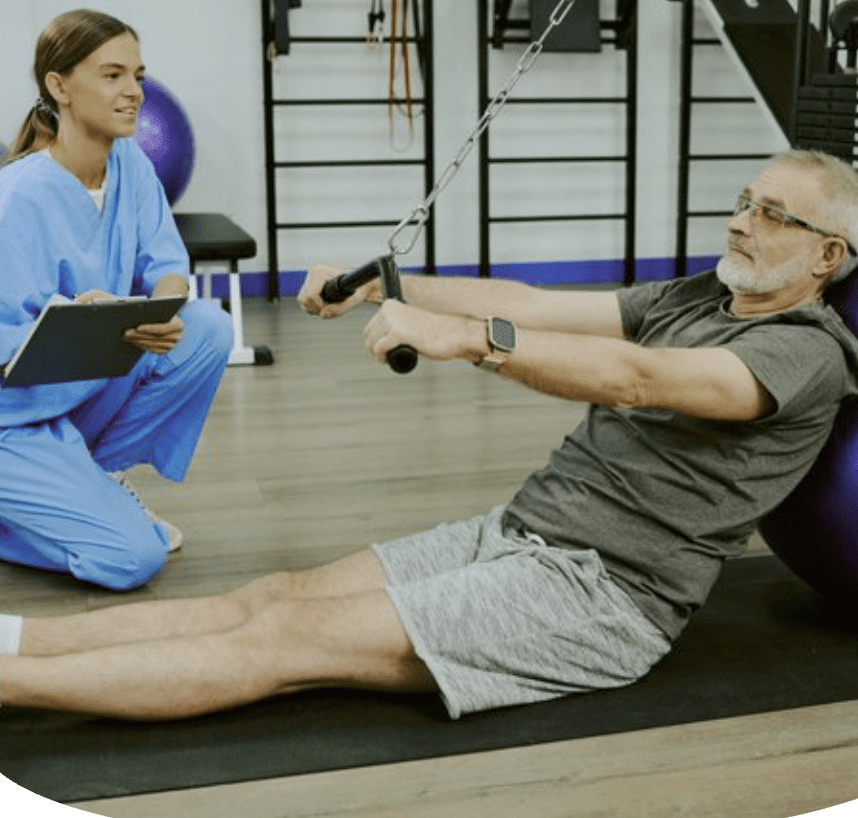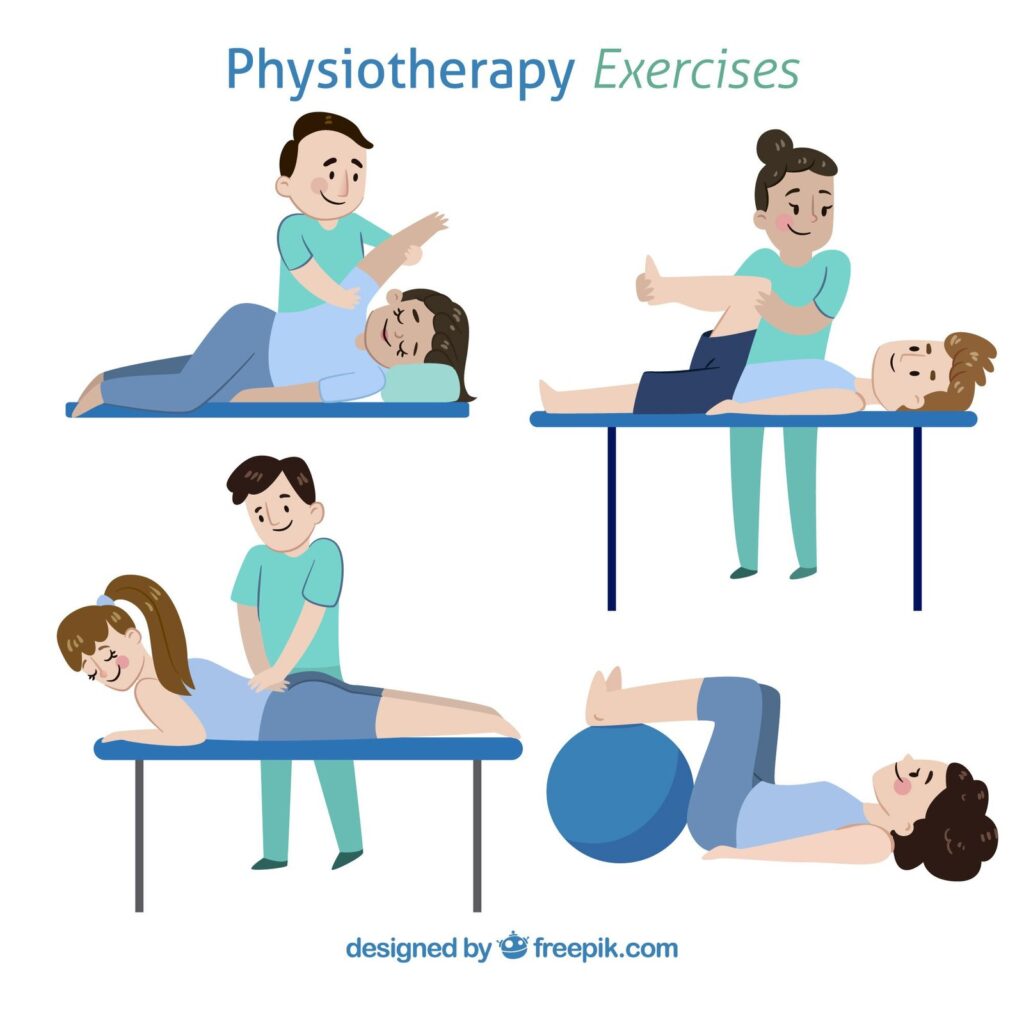From Pain to Performance: The Journey Through Physiotherapy

What if pain wasn’t just something to push through, but a message pointing to a smarter way forward?
That sharp twinge in your shoulder. The stiffness in your back each morning. The knee that flares up after a jog. Most people treat these things as inevitable or something to “get used to.” But what if those signals were your body’s way of guiding you toward lasting strength, not just temporary relief? Physiotherapy isn’t just about managing discomfort. It’s about understanding your body, restoring balance, and unlocking physical potential. Whether you’re recovering from injury, dealing with chronic conditions, or aiming to perform at your best, the right physiotherapy approach can be a game-changer – From Pain to Performance: The Journey Through Physiotherapy.
What Physiotherapy Really Does
Physiotherapy is about movement. Not just more movement, but better, more efficient, pain-free movement. That could mean:
- Rebuilding strength after injury
- Improving mobility and flexibility
- Easing long-term joint pain
- Supporting recovery from surgery
- Enhancing athletic performance
- Preventing future injury through targeted exercises
A reputable physio Adelaide will blend hands-on treatment with education, exercise, and tailored recovery planning. The goal isn’t just to treat symptoms, but to address the root cause of dysfunction so that you move better, feel better, and reduce the risk of setbacks.
The First Step: Assessment, Not Assumptions
It starts with a thorough assessment. A proper evaluation looks beyond the sore spot. For example, knee pain might stem from poor hip control, weak glutes, or ankle stiffness. Neck tension might be linked to posture, stress, or outdated movement habits.
Expect the physiotherapist to look at how you move, where you feel limited, and how your body responds under different conditions. They’ll ask questions, test mobility, measure strength, and examine functional movement patterns.
The real aim here is to map the full picture. Pain is only one part of the story. Understanding why it’s happening and what’s feeding it allows for real progress, not just symptom chasing.
Moving From Relief to Recovery
Hands-on techniques like joint mobilisation, soft tissue therapy, or dry needling can offer relief early on. But treatment shouldn’t stop there.
The second phase is active recovery. This is where tailored exercises play a huge role. You’re not just stretching and strengthening random muscles. You’re retraining the body to move the way it was designed to. This is where physiotherapy becomes truly transformative.
Each session builds on the last. Movements become more precise. Pain fades. Control returns. Confidence grows.
Why “Rest” Alone Isn’t the Answer
It’s common for people to rest when something hurts. That’s understandable, but complete rest often leads to weakness, stiffness, and compensation patterns. The result? A higher chance of reinjury or chronic pain down the line.
Targeted movement is almost always part of the solution. The right level of activity helps tissues heal properly. It also keeps other parts of the body from taking on extra strain. A physiotherapist’s job is to guide this process safely and effectively.
Progress Isn’t Always Linear
There will be ups and downs. Some weeks you’ll feel great. Other times, the pain might flare slightly as your body adjusts. That’s normal.
Setbacks don’t mean failure. They often highlight something important — a movement you’ve avoided, a weakness that’s still present, or a demand your body wasn’t quite ready for. Good physiotherapy doesn’t just push harder. It adapts, assesses, and adjusts to make sure progress is sustainable.
From Function to Performance

Once pain subsides and movement returns, the focus shifts to performance. This doesn’t just mean sport. Performance is about how well your body handles what life throws at it — from carrying shopping bags to chasing kids in the park or hitting a personal best in the gym.
At this stage, therapy moves from rehab to optimisation. You may work on:
- Movement control and joint stability
- Endurance and muscular balance
- Agility, coordination, and speed (if needed)
- Load tolerance, so your body can handle more without injury
- Breathing, posture, and daily habits
This is what makes physiotherapy so valuable long-term. It helps you not only recover but thrive physically in everyday life.
Pain Education: Changing How You Understand Discomfort
Physiotherapy also changes how people relate to pain. Many assume pain always means damage, but that isn’t always true. Sometimes pain is a protective response, like an alarm system that’s a bit too sensitive.
Learning the difference between hurt and harm can be empowering. It stops fear from driving your decisions and puts control back in your hands.
This shift in mindset often leads to better outcomes, faster recovery, and more consistent habits.
What Makes Progress Stick?
There’s no magic fix, but there are some key principles that help long-term progress take hold:
- Consistency – Regular, steady progress is far more effective than intense bursts followed by neglect
- Personalisation – Generic plans don’t work for complex bodies. Your history, goals, and environment all matter
- Clear goals – Whether it’s walking pain-free or returning to high-level sport, knowing what you’re working towards keeps motivation high
- Accountability – Check-ins with a professional keep you on track and help adjust your plan as needed
- Patience – Bodies take time to adapt. The slower, smarter path often leads to better long-term results
It’s Not Just for Injury
One of the biggest misconceptions about physiotherapy is that it’s only for rehab. In truth, many people seek it out proactively. You might feel mostly fine, but know something’s off. Your squat feels uneven. You get tight after long drives. Or maybe you’ve had a few minor strains and want to stop the cycle before it becomes a bigger issue.
This is where physiotherapy can act like a tune-up. It catches imbalances early and helps you move better before pain becomes a problem.

Stronger Than Before
Pain isn’t the end of your story. It’s often the beginning of something better. With the right approach, physiotherapy helps you not only recover but also return stronger, smarter, and more capable than before.

